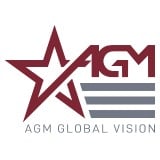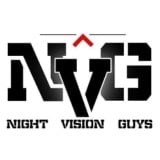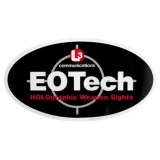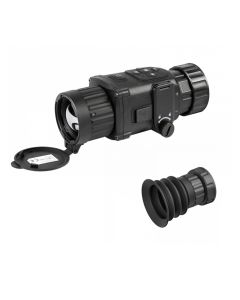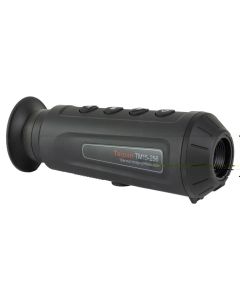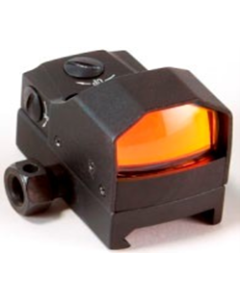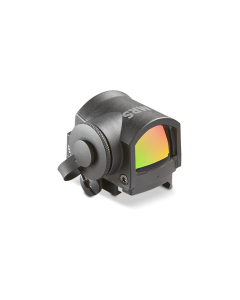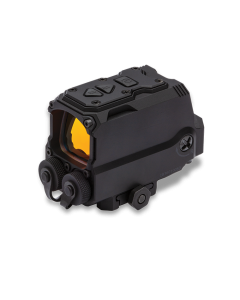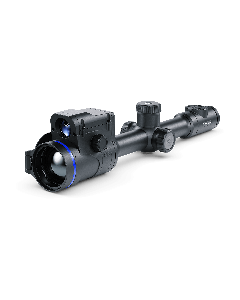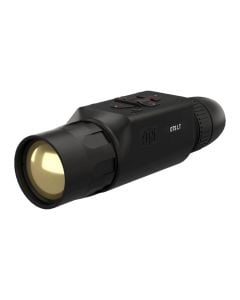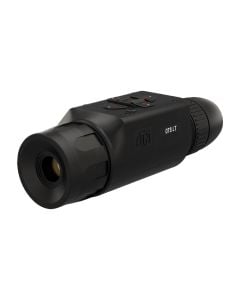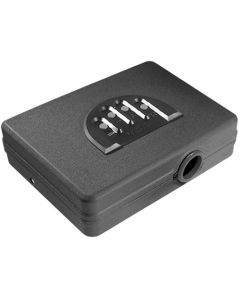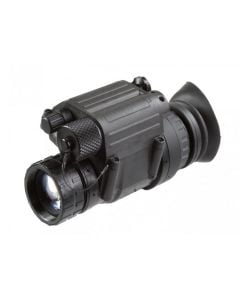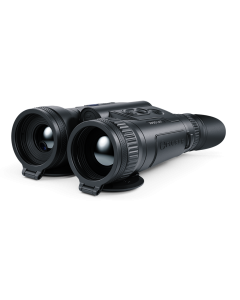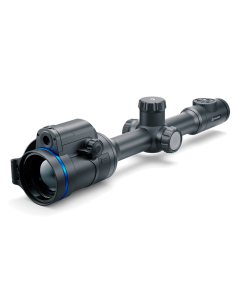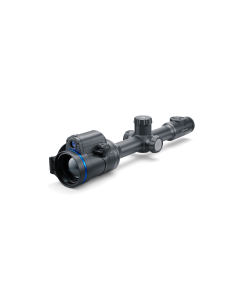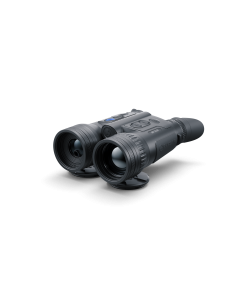518.A65 HOLOgraphic Weapon Sight, 1 MOA, Not Night Vision Compatible
The EOTech 516 is the ideal all purpose optic for Law Enforcement applications especially when partnered with an EOTech magnifier. This 516 HWS operates on the same CR123 lithium batteries commonly utilized by the leading gear manufacturers. When it matters most, the combination of speed, versitility and extended battery life will make you an unstoppable force.
Operation
Optics: Transmission holography - parallax free
Magnification: 1xEye
Relief: Unlimited
Length/Width/Height: 5"x2.1"x2.8" (127x53x71 mm)
Weight: 11.9 oz (372 grams)
Temperature: -40 to 150 F
Waterproof: Submersible to 10 ft depth
Sealing: Fogproof internal optics
Color/Finish: Non reflective black with hard coat finish
Adjustment (per click): 0.5 MOA (1/2" at 100 yds)
Adjustment Range: +/- 40 MOA travel
Mount: 1" Picatinny (MIL-STD-1913) rail
Return to Zero: Repeatable to 1 MOA after re-mounting
Heads-Up-Display Window
Optical Surfaces: Anti-glare coating
Window Dimensions: 1.20" x 0.85" (30 x 23mm)
Front Window Material: 1/8" solid glass
Rear Window Material: Shatter resistant laminate (3/16" thick)
Field of View (100 yds): 30 yds (28m) at a 4" eye relief
Reticle: 65MOA ring with a single 1MOA aiming dot
Electrical
Brightness Adjustment Range: 146,000:1 brightest to lowest
Night Vision Brightness Range: NA
Function Button Location: Left side near the rear of sight
Power Source: 2x 3.0V Lithium 123 batteries
Battery Life: 1,000 continuous hours (lithium) at nominal setting
12 Brightness Settings: 30 settings with scrolling feature
Auto Battery Check Indicator: Flashing reticle upon start-up
Auto Shut-down: At 8 hrs- programmable to 4 hrs
UPC: 672294516019
CR123 Lithium batteries
Reticle: 65 MOA ring with a single 1 MOA dot
Raised 7mm base with knurled cross bolt
Interfaces to 1" Picatinny (MIL-STD-1913) rail
From Our Community
Question
What is a holographic sight
From william on Mar 22, 2014
Answer
here is some info from wikipedia: Holographic weapon sights use a laser transmission hologram of a reticle image that is recorded in three-dimensional space onto holographic film at the time of manufacture. This image is part of the optical viewing window. The recorded hologram is illuminated by the collimated light of a laser diode built into the sight. The sight can be adjusted for range and windage by simply tilting or pivoting the optical window. To compensate for any change in the laser wavelength due to temperature, the sight employs a holography grating that disperses the laser light by an equal amount but in the opposite direction as the hologram forming the aiming reticle. Like the reflector sight, the holographic sight is not "parallax free", having an aim-point that can move with eye position. This can be compensated for by having a holographic image that is set at a finite distance with parallax due to eye movement being size of the optical window at close range and diminishing to zero at the set distance (usually around a desired target range of 100 yards). Since the reticle is a transmission hologram, illuminated by a laser shining through hologram presenting a reconstructed image, there is no need for the sight "window" to be partially blocked by a semi-silvered or dielectric dichroic coating needed to reflect an image in standard reflex sights. The optical window in a holographic weapon sight looks like a piece of clear glass with an illuminated reticle in the middle. The aiming reticle can be an infinitely small dot whose perceived size is given by the acuity of the eye. For someone with 20/20 vision, it is about 1 MoA. One drawback of a holographic sight is shorter battery life when compared to reflex sights that use LEDs, such as red dot sights. The laser diode in a holographic sight uses more power and has more complex driving electronics than a standard LED of an equivalent brightness, reducing the amount of time a holographic sight can run on a single set of batteries.




